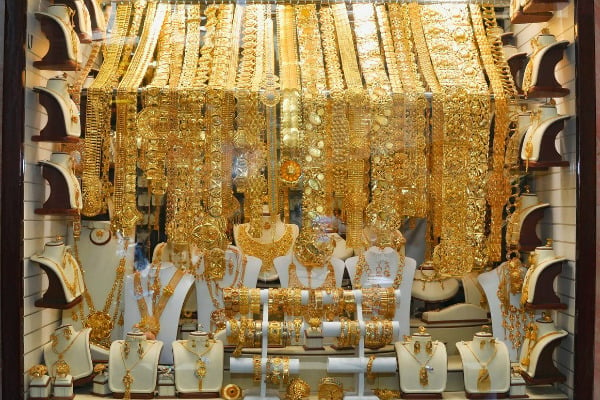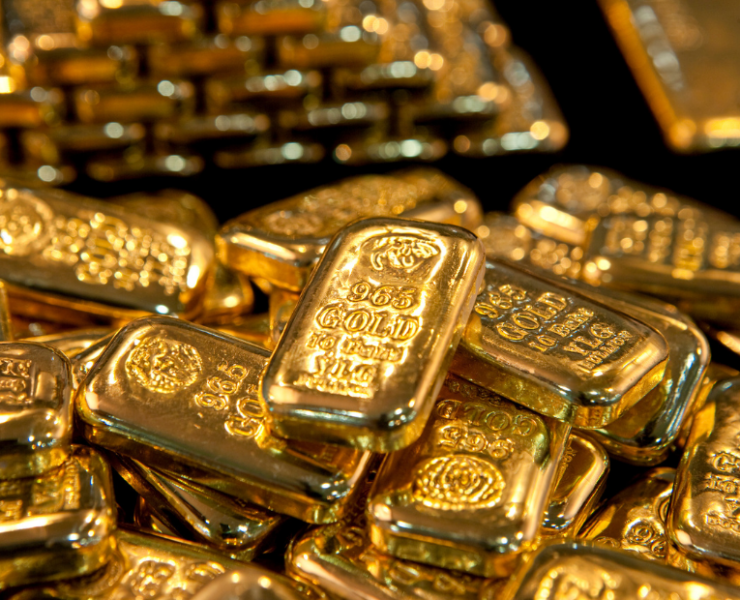Global gold demand rises 4% in Q2, reveals World Gold Council
The surge in gold demand was primarily supported by a significant 53 per cent increase in over-the-counter transactions, which reached 329 tonnes

The World Gold Council’s Q2 2024 Gold Demand Trends report revealed a 4 per cent increase in global gold demand year-on-year (YoY) to 1,258 tonnes, marking the strongest second quarter in their data series.
The surge in demand was primarily supported by a significant 53 per cent increase in over-the-counter (OTC) transactions, which reached 329 tonnes.
The report highlighted that increased OTC demand, continuous central bank purchases, and a slowdown in ETF outflows contributed to record-high gold prices in Q2.
Gold’s price averaged at $2,338 per ounce, 18 per cent higher YoY, peaking at a record $2,427 per ounce during the quarter.
“Recently, the rising and record-breaking gold price has made headlines, driven by strong demand from central banks and the OTC market which propped up demand globally. However, the record high international prices have impacted consumer demand with global bar and coin demand falling 5 per cent YoY and jewellery tumbling down 19 per cent,” said Andrew Naylor, head of Middle East and Public Policy at the World Gold Council.
Central banks increase gold holdings
Central banks and official institutions increased their global gold holdings by 183 tonnes, which was a slowdown from the previous quarter but still reflected a 6 per cent YoY increase.
The council’s annual central bank survey indicated that reserve managers anticipate further increases in gold allocations over the next 12 months, driven by the need for portfolio protection and diversification amid complex economic and geopolitical conditions.
Global gold investment remained resilient, rising marginally year-on-year to 254 tonnes, despite divergent trends in demand. Bar and coin investment decreased by 5 per cent to 261 tonnes in Q2 due to a sharp decline in demand for gold coins. Strong retail investment in Asia was counterbalanced by lower demand in Europe and North America, where profit-taking surged in some markets.
Global gold ETFs experienced minor outflows of seven tonnes during the quarter. While Asian growth continued, sizable European outflows in April turned into nascent inflows in May and June, and North American outflows slowed significantly compared to the previous quarter.
Record high gold prices drove down jewellery demand by 19 per cent YoY in Q2, although H1 demand remained resilient compared to the same period last year, thanks to a stronger-than-expected first quarter.
Additionally, demand for gold in technology continued to rise, jumping 11 per cent YoY, driven primarily by the AI boom in the electronics sector, which saw a 14 per cent increase year-on-year.
Total gold supply rose 4 per cent year-on-year, with mine production increasing to 929 tonnes.
Recycled gold volumes also increased by 4 per cent compared to the same quarter in 2023, marking the highest second quarter since 2012.
Gold’s performance in the UAE market
“The UAE wasn’t immune from the impact of the soaring gold price. Investment demand dropped down 5 per cent – in line with international figures – and jewellery demand decreased by 13 per cent YoY,” Naylor added.
“Looking ahead, economic conditions and investor sentiment will play crucial roles in shaping regional demand dynamics in the second half of 2024, and the high price will likely remain a headwind for gold demand. On the other hand, global trends such as geopolitical instability and potential interest rate cuts could positively influence gold demand.”




